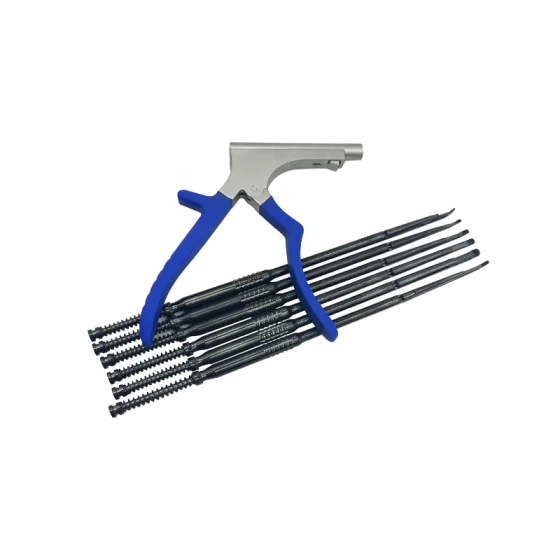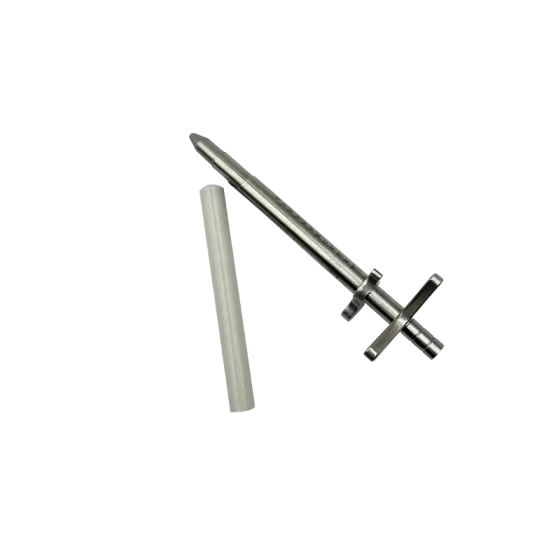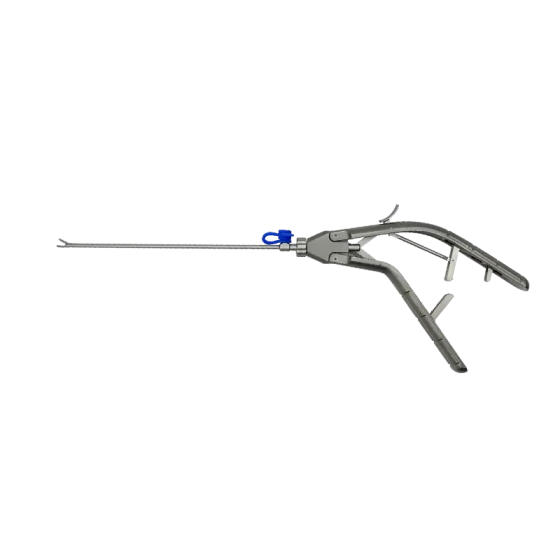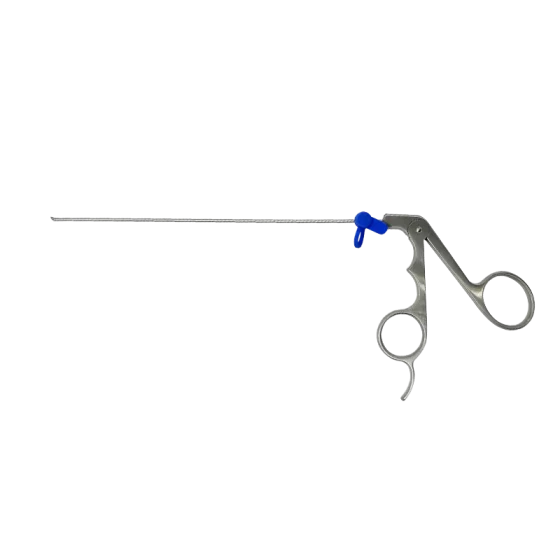🔍 1. Core characteristics and uses of common angle lenses
0-degree mirror
Field of view characteristics: direct field of view, no angle of view shift, direction consistent with the mirror body axis, close to the intuitive experience of open surgery
Main uses:
The first choice for beginner doctors reduces the risk of structural misjudgment caused by perspective deviation;
Accurately locate key anatomical landmarks such as nerve roots and pedicle inner walls;
Ensure that the joint process (corner area) is thoroughly decompressed to avoid residual compression due to blind spots in the field of vision
Operational limitations: The field of view is small, and the position of the lens body needs to be adjusted frequently when operating in narrow anatomical areas
30 degree mirror
Field of view characteristics: oblique perspective, wider field of view, through rotation of the mirror body to observe lateral and corner structures (such as contralateral crypts, intervertebral foramen)
Main uses:
Manage complex spinal stenosis, especially those requiring bilateral decompression;
Microscopic fusion (e.g., BE-TLIF) is convenient for observing the position of Cage placement and the effect of nerve root decompression;
Efficiently complete operations such as hyperplasia bone grinding and ligament removal
Key tips: Keep the cold light source interface parallel to the center line of the transverse protrusion to avoid distortion of the field of view; Rotate the lens body instead of changing the direction of entry to extend the viewing range
Other angles (e.g. 15 degrees, 45 degrees, 70 degrees)
Current situation: At present, the routine application of 15-degree, 45-degree or 70-degree lenses is not widely mentioned in the mainstream clinical literature and device descriptions. However, the 15 and 45 degrees SCONOR discovered and improved during testing. In particular, the observation of the lower angle of view of fusion solves the oblique angle of 30 degrees, and the detail processing is to make the surgeon's grip more vertical and the fusion angle more accurate.
Possible use speculation (based on endoscopic general logic):
Large angle lenses above 45 degrees: or used in extremely lateral anatomical areas (such as the external opening of the intervertebral foramen and the transverse process area), but UBE surgery mostly relies on 30° mirror rotation to replace it;
Special flexors: only occasionally used in custom instruments or complex revision procedures, not standardized configurations
⚖️ 2. Angle selection strategy and operation adaptation suggestions
Recommended combination for novices: 0-degree mirror as the main mirror to ensure accurate anatomical positioning; Complex areas are supplemented with 30-degree mirror spot checks to verify the pressure reduction effect
Complex stenosis/fusion surgery: Prefer a 30-degree lens with a wide-angle field of view and rotational flexibility that significantly improves operational efficiency.
Switching logic: If the exposure of the 0-degree mirror is limited during the operation (such as severe hyperplasia occlusion), immediately switch to 30-degree lens magnification
📊 3. Comparison table of key performance of lenses with different angles
Angle Field of view characteristics Main application scenarios Operational advantages Precautions
0 degrees No deviation in direct vision Basic decompression and nerve root localization Reduce the risk of misjudgment, low learning curve Narrow field of view and poor corner exposure
30 degrees bevel wide angle (rotational expansion) spinal stenosis bilateral decompression, microscopic fusion Few blind spots for observation, large coverage of operation Need to train rotation skills to prevent visual field distortion
45+ degrees Large angle lateral vision lateral region (theoretical) may be used for special anatomical non-standard









